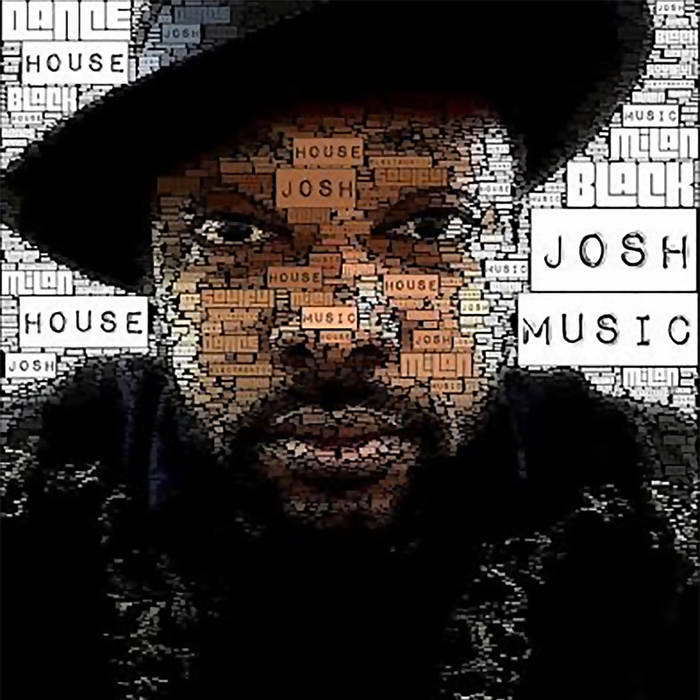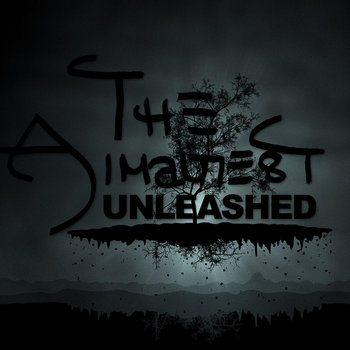
Written by Whitney Wei — The death of Manhattan’s club culture is well-documented, but now Brooklyn, too, is becoming a graveyard of choked-out music venues. Are nightclubs responsible for their own gentrification? And where does it end?
Down a deserted street between Bushwick and Ridgewood in Brooklyn, New York, through a door and into the nightclub Trans-Pecos, you’ll find a sea of baseball caps nodding to the bass. The occasional emphatic gun-finger points in the air, the other hand grasping a $3 beer. The front row ebbs and flows, eventually spilling over as clubbers climb on stage. The crowd roars.
In Manhattan, Saturday night is an altogether different experience. Outside the Chelsea nighclub Marquee, a line of men in button-up shirts and women shivering in stilettos stretch the block. The bouncer sympathetically advises a patron struggling for entry to expedite the process by purchasing $400 bottle service. Clubbing in Manhattan translates to velvet ropes, dress codes and a hefty bill.
“There are clubs in New York that I try to forget about,” says Justin Strauss, a DJ who once spun Manhattan venues such as the Mudd Club, the Limelight, Area and the Tunnel, but who now plays predominantly in Brooklyn. “The whole Meatpacking thing. Nobody wants to go there. It’s horrifying.”

It wasn’t always this way. If Manhattan in the late 1970s and mid-1980s is best remembered for urban decay, its club nights were equally legendary. At the Paradise Garage, Larry Levan pioneered the eponymous garage genre and changed the trajectory of modern dance music. Area would completely reinvent its interior every six weeks to a new theme – from Alphabet Soup (complete with staff wading into pools of murky red broth among oversized peas and carrots) to Suburbia (100 boxes of cereal, a washer and dryer, plastic flamingos and Astroturf). Hip-hop Sundays at the Tunnel saw Mary J Blige, Jay Z and Puffy perform, while record executives scouted for fresh faces.
Those days are long gone, of course. A rapid succession of Manhattan venue closures throughout the late 1980s and early 1990s claimed Area, the Limelight, the Underground and many others.
“The whole scene was so vibrant with creativity,” Strauss remembers. “But real estate went up and the clientele changed. Seems like now everything is here in Brooklyn.”
Except now Brooklyn, too, is becoming a graveyard of choked-out music venues. Three major clubs in Williamsburg – 285 Kent, Glasslands and Death by Audio, known for showcasing local up-and-comers and international talent alike, including Sophie, Daniel Avery, Pinch, Fort Romeau, DJ Spinn and XXYYXX – closed last year, “regenerated” into hip waterfront commercial property now occupied by Vice magazine. Across the street, Domino Factory is being turned into a mixed-use development. The latest club to throw up its hands is Cameo Gallery: it will shut its doors on 21 November.
But if those nightclubs were partially responsible for making Manhattan and then Williamsburg hip enough to “regenerate” in the first place, it raises the question: are nightclubs responsible for their own gentrification?
The ascent of New York’s financial sector and dot-com “Silicon Alley” companies is well-documented. The real estate boom claimed the Paradise Garage: originally founded in an uninhabited area, it soon found itself next to a new luxury pre-development; neighborhood organisations complained about the club’s proximity, and the landlord refused to renew the lease. Area, founded in an empty commercial zone in TriBeCa, made way for condominiums.
“The Mudd Club and Area were in neighbourhoods that weren’t thought of as cool or OK to move to,” says Strauss. “Club owners look for spots that aren’t residential to avoid problems – but if the club becomes popular, so does the neighbourhood, it seems. People start moving in, but don’t want the noise and traffic that comes with having a nightclub nearby, making it extremely difficult for clubs to operate, with constant noise complaints and community board agendas. They want to live in a cool neighbourhood that the club may have pioneered, but don’t want the club there any more.”
Manhattan’s after-hours scene, formerly celebrated for its inclusion of socially marginalised or disenfranchised people – including gay, Latino and black communities – has transformed. What was once a showcase for experimental music has upscaled – and whitened.
But New York’s penchant for dance music remains: it long ago travelled across the Brooklyn bridge, where Todd Patrick, known as Todd P, the previous owner of 285 Kent and current manager of Trans-Pecos, has been at the forefront of the club scene since 2001. Unfortunately, he says, the same thing is happening to Brooklyn that happened to Manhattan.

“It’s the gentrification of ideas,” Patrick says. “It’s about the movement from a true counter-culture into what you could cynically describe as a lifestyle flavour. What was once a movement to reject bourgeois values is now of a continuum with buying gourmet cheese. It’s no wonder that the condos are following the venues, given how ‘NPR-ready’ the scene has become.”
The converted warehouses and factory lofts that were home to the city’s clubs have been repackaged as office space and luxury apartments. Even alternative multimedia conglomerates such as Vice aren’t above gutting post-industrial venues to make way for 60,000 sq ft office spaces.
All those people make it hard to run a decent club. “When you’re in a neighbourhood with a lot of low-income people or you’re in a place where there aren’t any neighbours, you don’t generate 301 calls,” he says. “There are two factors there: you’re either not bothering anybody, or you’re dealing with people with more of a distaste for the authorities than they have for you. When the demographics of the communities change, then the situation often changes.”
The clubs have moved deeper into the borough: Palisades, on the perimeter of Bed-Stuy; or the Bossa Nova Civic Club, which pumps house and techno from its smoky tropical recesses beneath a subway overpass in Bushwick. Nightlife venues are claiming the city’s fringes, as their predecessors are priced out of what were once industrial deserts. Sound familiar?
“Did you ever think you were going to be partying in Ridgewood, Queens?” laughs Jessica Gentile, AKA DJ Jubilee, as we chat outside Trans-Pecos before her set. “The cooler we get, the further away that Manhattan skyline is going to get. Nightlife is going to move deeper and deeper out until we’re all partying by JFK.”
Click here to read from this article's source.












































